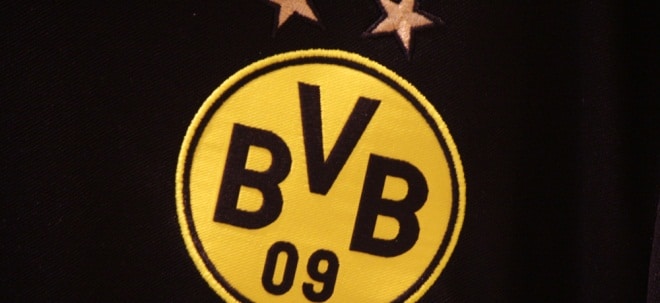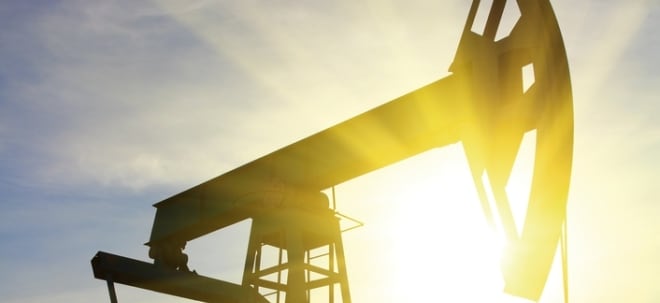"But it’s already used in carpet cleaning, vegetable washing and horticulture and in restaurants in Japan."
Passt zu den Meldungen von Vida Green
http://www.zerorez.com/index
http://www.processingmagazine.com/articles/print/...anitation-for-cip
Coca-Cola talks electrolyzed water sanitation for CIP // Kevin Parker December 1, 2013
Clean-in-Place is a big deal in the food & beverage industries. Once a processor has its CIP down pat — and we mean pat — managers will be extremely loath to change it. So when an industry giant like Coca-Cola talks about major changes to the way it cleans and sanitizes, it may pay to listen.
Something of the business case for using electrolyzed water for process cleaning and sanitation was presented at Process Expo 2013 by Pete Duessel, a director of quality assurance at Coca-Cola Refreshments, in Chicago in early November.
Coca-Cola itself refers to the process as electro-chemically activated water, or ECA.
“We’re always looking at leaner and cleaner ways to do things,” says Duessel. “We first heard of electrolyzed water about five years ago. In lean, flexible production environments we need to quickly clean and sanitize product changeovers at any time.”
It turns out all you have to do is combine potable water with a little bit of salt and apply an electrical current to get a cleaning solution of sodium hydroxide (NaOH), as well as an hypochlorous acid (HOCL) sanitizer.
As simple as that?
Well, to actually apply it in industry it gets a bit more complicated. But it’s already used in carpet cleaning, vegetable washing and horticulture and in restaurants in Japan. For CIP, the big differences from the way it’s usually done are that heat needn’t be applied and harsh chemicals are absent.
The two fluid streams are instead used at ambient temperature. That alone reduces energy use and safety risk in CIP. Thorough cleaning and sanitizing of process equipment is possible with increased productivity and reduced costs. Afterwards, cleaning fluid is quickly neutralized upon contact with organic materials, making its disposal environmentally friendly, and, as they say, “sustainable.”
To develop the technology Coca-Cola partnered with EAU, specialists in the use of electrolyzed water in its varied industrial and commercial applications. EAU started working with SPX in 2011 to supply ECA equipment to the food & beverage industry.
Managing probes
Coca-Cola is using the technology in the production of its sparkling and preserve non-carbonated drinks, i.e., both sodas and more trendy tea and other type drinks. “We are replacing a hot, caustic CIP with an ECA-based process that is effective in a carbon-dioxide environment, and replacing a ‘pungent’ change-over process,” says Duessel. “The biggest challenge in doing this is around automation of ECA CIP, including measurement gear for chlorine and pH, with probes being a task to manage.”
The chlorine-based sanitizer is flushed after use and is delivered at such low concentrations that any residual chlorine is not such as to lead to corrosion.
It’s not yet clear how big the market is for for ECA. “We feel this is a real game changing CIP technology for food and beverage processors,” says Jeff Sporer, director, product and aftermarket sales, SPX Flow Technology. “To date, we’ve done trials in various applications including sauces and dressings, for example. We have a great trial program that allows interested customers the chance to use the technology for their specific process to see the benefits first-hand before deciding on additional investment.” The entire CIP market has been estimated at $2 billion.
Obtained approvals
Today, ECA is an available technology, known as “SafeWater,” from SPX’s APV brand.
The biggest challenge keeping ECA from becoming SOP for CIP, claims Sporer, “is the conservative nature of the market in wanting to change out of traditional CIP practices. You need to be passionate about proving that the new technology is going to help to improve plant safety and save on costs and environmental impact which is why giving customers access to a trial program is so critical. We also have the needed approvals from the FDA, USDA and EPA.”
As for the business case, depending on the size of the operations involved, savings can be, Sporer says, anywhere from $100,000 to $1 million per year, with typical return on investment of about two years. Reductions in wastewater can be from 20% to 40%. “It’s exciting because the missionary work has been done and we’re now seeing the potential this really has.”
|


 Thread abonnieren
Thread abonnieren

